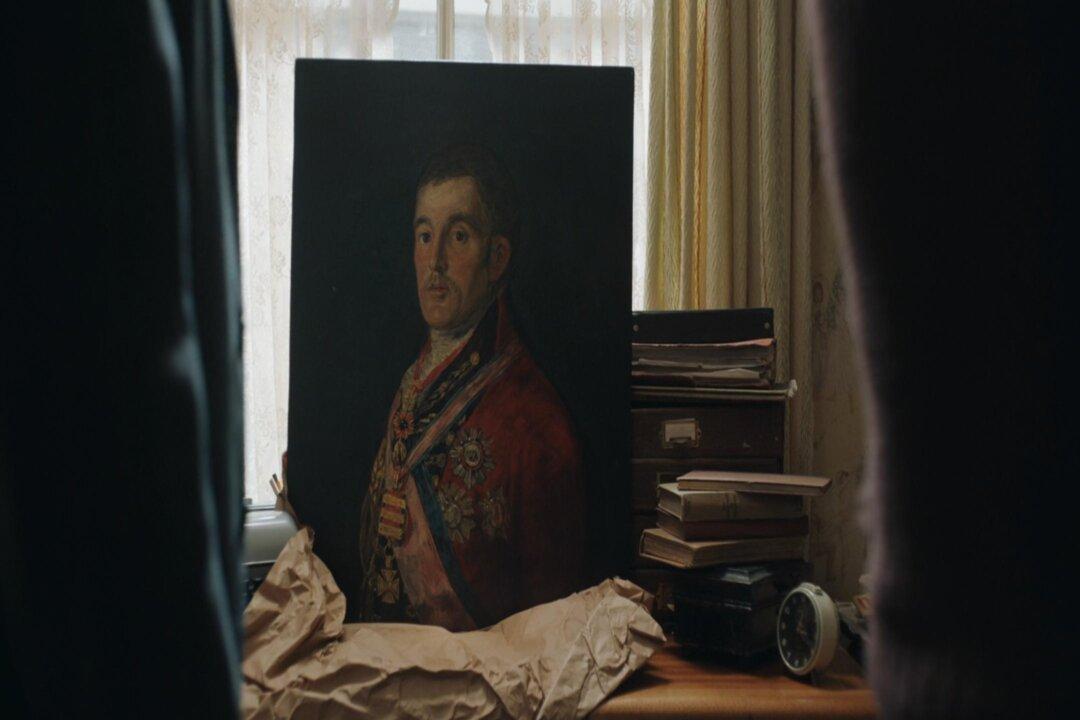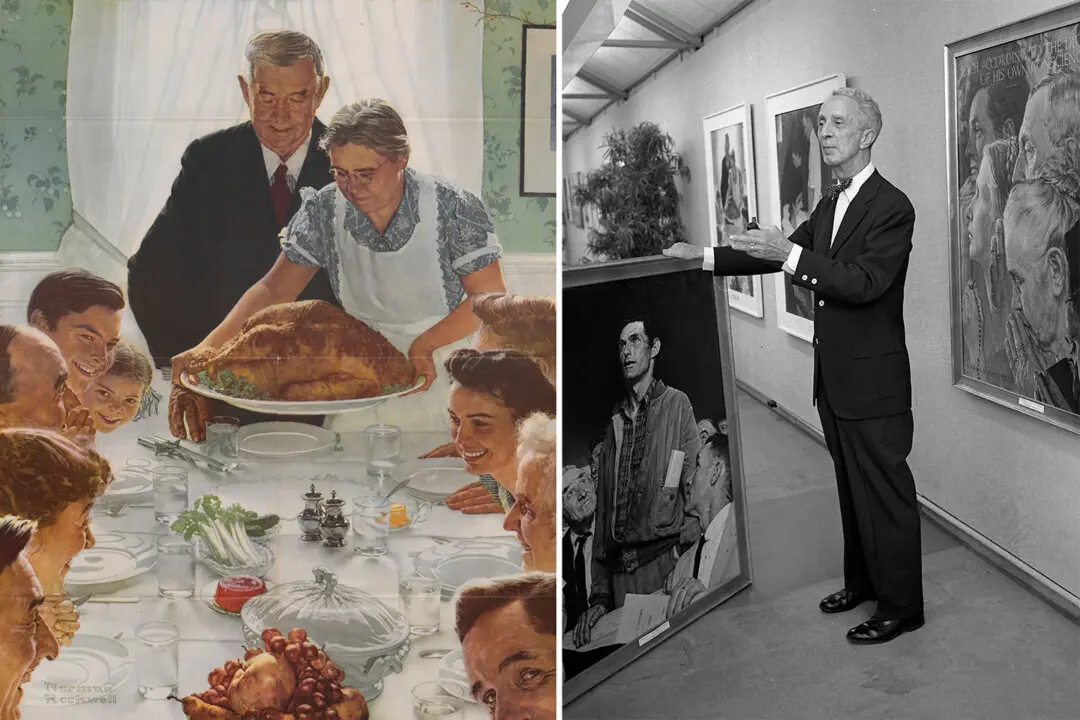Queen Victoria described Arthur Wellesley, 1st Duke of Wellington, (1769–1852) as “the greatest man this country ever produced.” A military hero, the duke is an indelible facet of the UK’s identity. Commemorated in stone and paint, his most famous portrayal is the Spanish artist Francisco de Goya’s oil-on-wood portrait. As befits an icon of British history, “The Duke of Wellington” ended up in the collection of the National Gallery, London, in 1961. Put on display at the beginning of August of that year, it was stolen a mere 19 days later.
Its theft was one of the most confounding art heists in the 20th century and riveted the nation. An image of the work even made a cameo in the villain’s lair during the Bond film “Dr. No.” Thankfully, the artwork was recovered undamaged in 1965, and the convoluted tale of its whereabouts was made into a movie, “The Duke,” in 2020.





